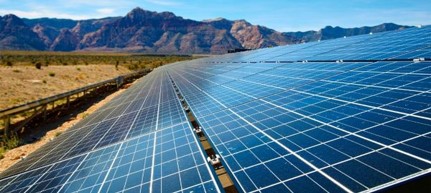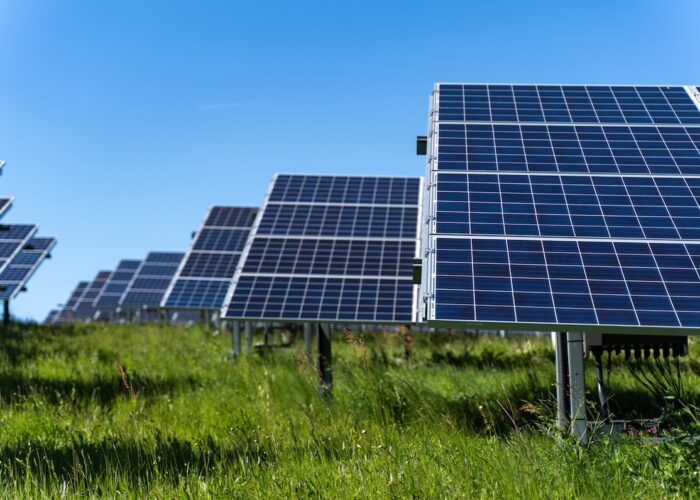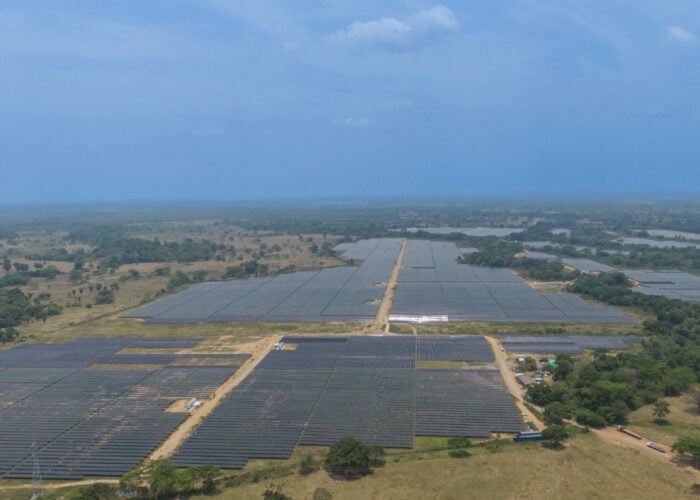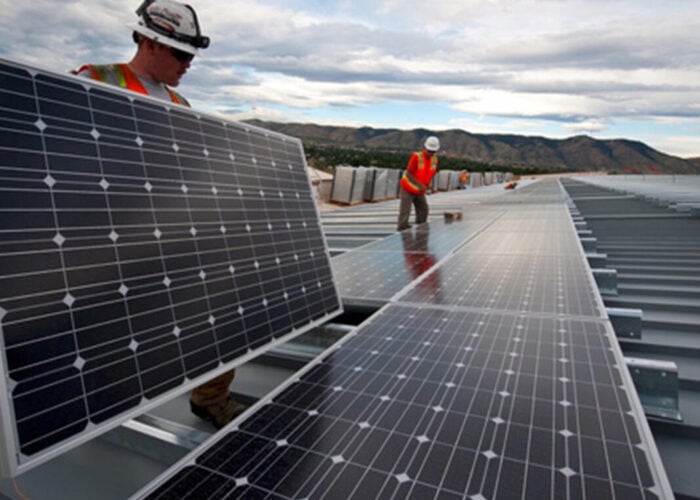
Chile has been historically characterized as a country heavily dependent on imported fuels and its growing need for energy has been satisfied by burning coal and diesel. This heavy reliance on fossil fuels sparked the interest in quickly developing renewable energy technologies, particularly, from 2013, in solar PV, when the marginal costs of 1 MWh of electricity in Chile pierced US$240.
The need to change the trajectory of ever higher energy prices has led the Chilean government to outline and implement a strategy to attract international capital and revolutionize energy generation in the country.
Try Premium for just $1
- Full premium access for the first month at only $1
- Converts to an annual rate after 30 days unless cancelled
- Cancel anytime during the trial period
Premium Benefits
- Expert industry analysis and interviews
- Digital access to PV Tech Power journal
- Exclusive event discounts
Or get the full Premium subscription right away
Or continue reading this article for free
The most important renewable technologies in the Chilean market are hydro, solar PV and wind. Unlike the growth in the EMEA region, the Chilean growth has been driven by unregulated market, enabled by the above-mentioned high prices of electricity, open and stable economic and political environment as well as dramatic decrease of levelized costs of energy.
In 2018, after 5 years of unprecedented boom across the renewable energy technologies, especially solar and wind, the country has managed to increase the share of generation from renewable energy sources from 5% to 18%. Utility-scale solar PV has decreased from $350/MWh in 2009 to approximately $90/MWh in 2013 and $50/MWh in 2017, representing overall decrease by 85%. In September 2018 the cumulative installed capacity of solar photovoltaic generation reached 2.38GW from only 12MW in 2013. The most numerous group of projects has been the PMGD category, that is plants of up to 9MW. The aggregate capacity of the 10 largest solar PV plants in Chile is 1,173MW, with the largest plant being of 196MW (El Romero of Acciona). Chile has publicly announced its targets: 60% by 2035 and 70% by 2050. With the current pace of deployment of renewable energy technologies, these targets will likely be achieved ahead of schedule.
With regard to the wind market, approximately 1.3GW of installed capacity have been added since 2013. Wind, as a more mature technology has not experienced the same decrease in levelized cost of electricity as solar PV did and its deployment has been relatively slower. For comparison, during the same period, from 2009 to 2013, wind has decreased from approximately $170/MWh to $60/MWh, representing overall decrease by 64%. Similarly to the solar PV market, the combined capacity of the 10 largest wind plants in Chile exceeds 1GW and it is thus very concentrated. Still, number of new projects in wind are being announced, most remarkably ‘’El Horizonte’’ by Colbun, a 607MW wind plant representing the largest project in LATAM and one of the largest in the world.
As said, Chile has not introduced feed-in tariffs. Therefore, there are three basic options of commercialization: i) publicly owned utility backed PPA; ii) stabilized price for small medium solar projects and iii) fully merchant/spot market.
A sought-after class of PPA contracts have been those obtained through public tenders organized by CNE and the Chilean government. In these tenders, producers compete to obtain 20-year PPA contracts with offtakers – Chilean distribution companies. Given the 4 largest distribution companies in Chile (Enel, CGE Distribución, Chilquinta, Saesa) concentrate 97% of the market, their counterparty credit risk is reduced to systemic risk. In the future, new opportunities in the PPA tenders are expected with the market being driven by fundamentals in electricity prices.
With the advancements the Chilean market has undergone since 2013, the market will now enter in a consolidation phase as experienced in other more mature markets. The consolidation is mostly expected in the 3-9MWp PV plants category where the highest number of players are. Nevertheless, some large wind portfolios are coming to the market, and they will dominate in terms of equity ticket.
As the market has matured and many players can already show one or more successfully connected plants, some of the transactions are taking place in earlier stages, that is during the project development or before construction. Private equity like investors and industrial players are acquiring ready-to-build projects to be transferred to long-term investors once in operation. An important class of investors in Chile are family offices, with good access to capital looking to diversify their portfolios with renewable energy assets.
Despite the expected consolidation phase, considering the long-term government targets, rapid development is expected in both solar and wind markets. Both small-scale and large-scale solar are expected to continue the strong growth experienced in the latest years. The solar PV market in particular will be dominated by new developments and new constructions for the next 3-5 years.
An important feature of the Chilean renewable market development is the absence of support mechanisms, tax benefits or feed-in tariffs. When financed by investors or banks, strong emphasis is put on modelling and spot prices forecasts (as well as the Stabilised Price regimen mentioned above). Chile can be considered a pioneer market in the grid parity trend that is currently developing in Southern Europe.
Chile is experiencing the same market prospect in terms of ability to bring projects to financial close under a merchant scenario which we have been experiencing in Australia and Southern Europe. Country stability, macroeconomic fundamentals, and the global race to energy transition make us at Prothea convinced that Chile is a market with strong prospective.






